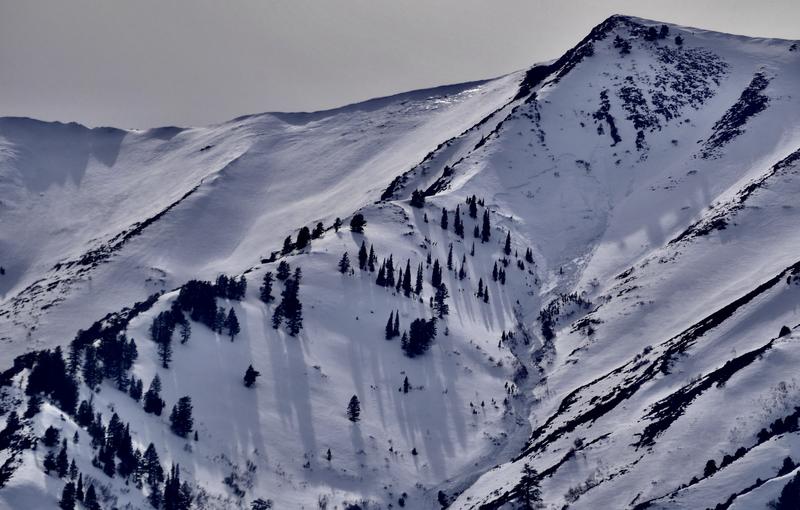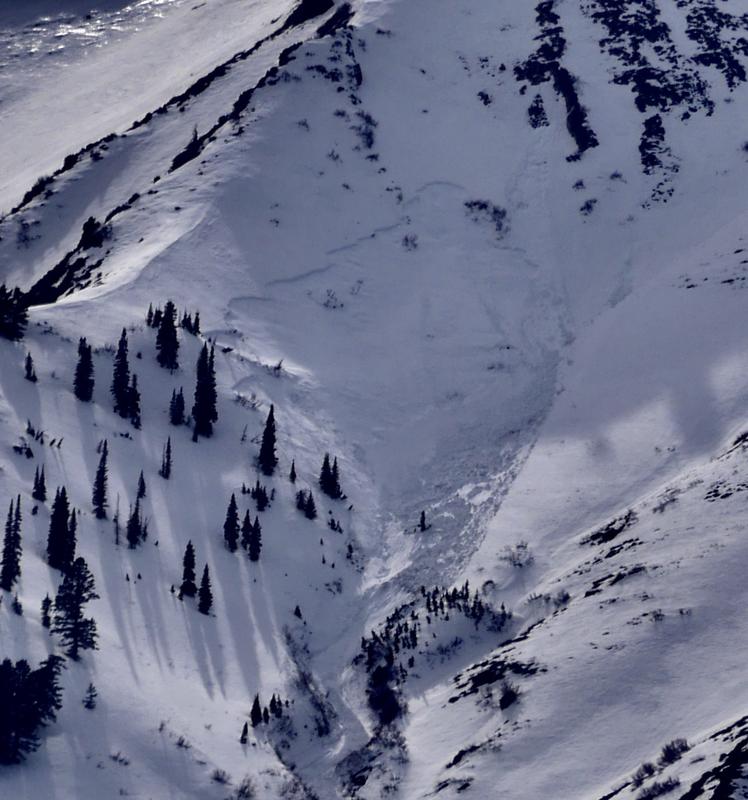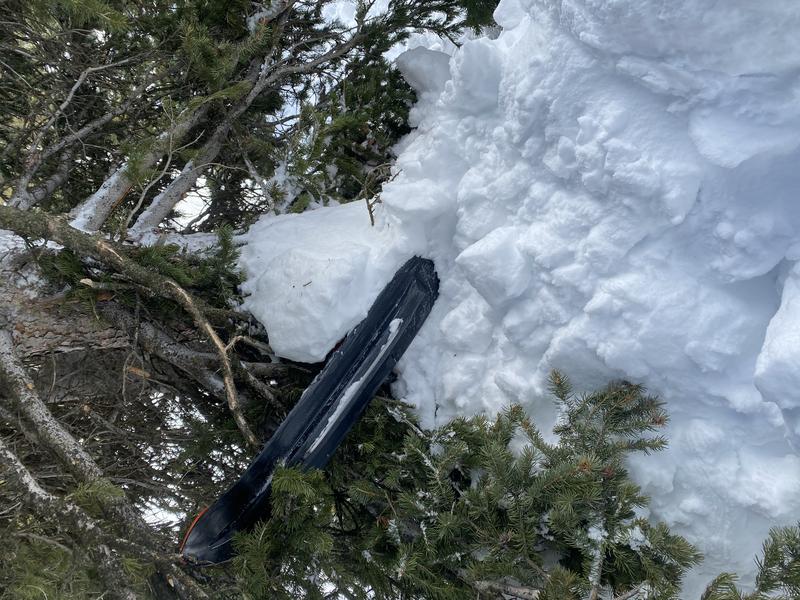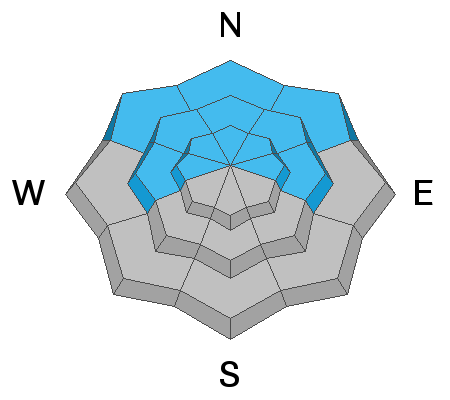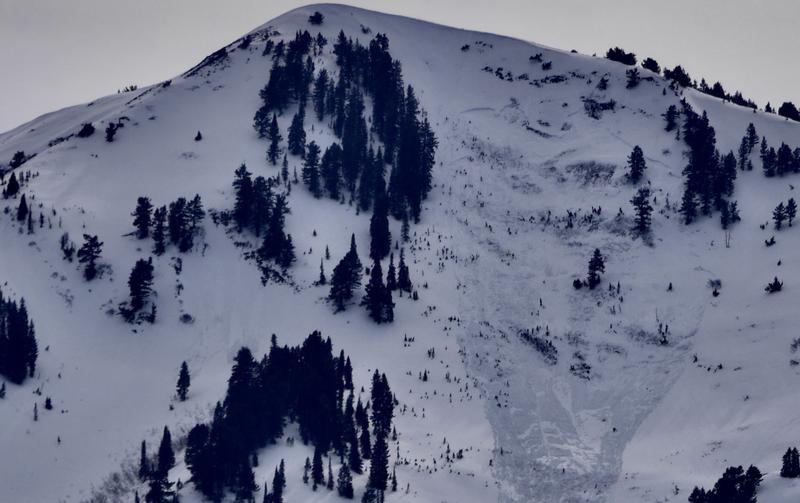Forecast for the Logan Area Mountains

Issued by Toby Weed on
Sunday morning, March 27, 2022
Sunday morning, March 27, 2022
Today, the warmest temperatures of the year will cause dangerous avalanche conditions and CONSIDERABLE danger at all elevations on backcountry slopes steeper than 30°. On slopes facing northwest through east in upper and mid elevation terrain, the danger could rise to HIGH due to midday heat. Large natural avalanches are probable, and people are likely to trigger dangerous wet slab avalanches, up to two feet deep and a couple hundred feet wide, failing on a buried persistent weak layer of faceted snow. Natural and human triggered loose wet avalanches are likely in steep terrain at all elevations.
- Avoid being on or beneath backcountry slopes steeper than 30°, particularly during the heat of the day.
- Stay out of avalanche paths and away from obvious and historic avalanche runouts.
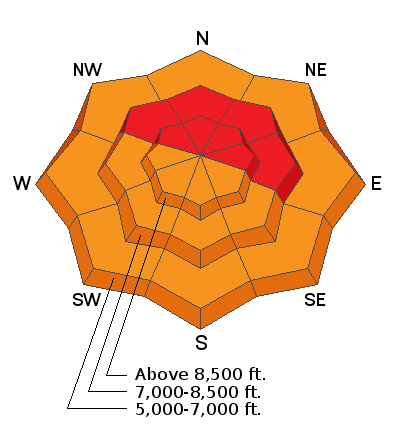
Low
Moderate
Considerable
High
Extreme
Learn how to read the forecast here


